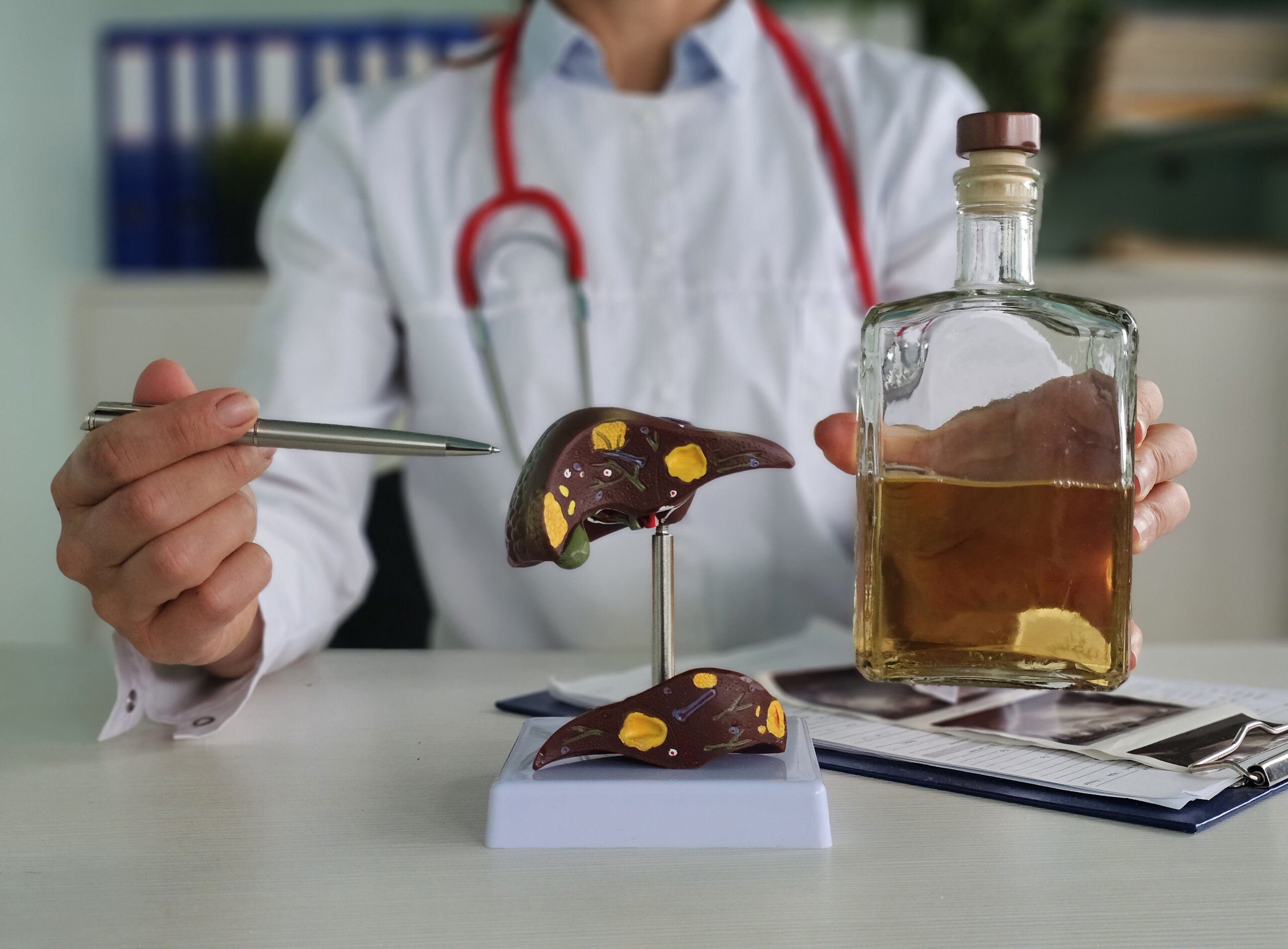What is Alcoholic Liver Disease?
Alcoholic liver disease is a condition caused by drinking too much alcohol over time. It leads to alcohol-related liver damage. The liver helps remove toxins from your body. However, when you drink too much alcohol, your liver can become damaged. Over time, this damage can get worse. In some cases, it may lead to serious health problems. According to the World Health Organization (WHO), millions of people worldwide are affected by alcoholic liver disease each year.
Common Symptoms of Alcoholic Liver Disease
Early signs of alcoholic liver disease can be mild. But as the disease gets worse, symptoms become more noticeable. For example, you may notice:
Sometimes, symptoms may not appear until the liver is badly damaged. Therefore, it is important to watch for these signs of alcoholic liver disease.
Causes and Risk Factors
Drinking large amounts of alcohol over many years is the main cause of alcoholic liver disease. But not everyone who drinks heavily will develop this condition. Several risk factors can increase your chances, such as:
Even so, the best way to lower your risk is to limit or avoid alcohol.
How is Alcoholic Liver Disease Diagnosed?
Doctors use several steps to diagnose alcoholic liver disease. First, they will ask about your drinking habits and health history. Next, they may do a physical exam to check for signs of liver damage. In addition, doctors often order blood tests to look for liver problems. Sometimes, imaging tests like ultrasound or CT scans help show liver changes. In rare cases, a liver biopsy may be needed. This test takes a small piece of liver tissue for study. Early diagnosis can help prevent further damage.
Treatment Options
Treatment for alcoholic liver disease depends on how severe the damage is. The most important step is to stop drinking alcohol. This can help prevent more liver damage. Other treatments may include:
With early treatment, many people can improve their liver health. However, advanced disease can be life-threatening.
Lifestyle Changes and Prevention Tips
Making healthy choices can help prevent liver disease from alcohol. For instance, you can:
By following these tips, you can lower your risk of alcohol-related liver damage.
When to See a Doctor
If you notice any signs of alcoholic liver disease, it is important to seek medical help. For example, if you have yellow skin, swelling, or severe belly pain, see a doctor right away. Early care can make a big difference. Even if you feel healthy, regular check-ups are important if you drink alcohol often.
Consult a healthcare specialist for personalized advice on alcoholic liver disease.
